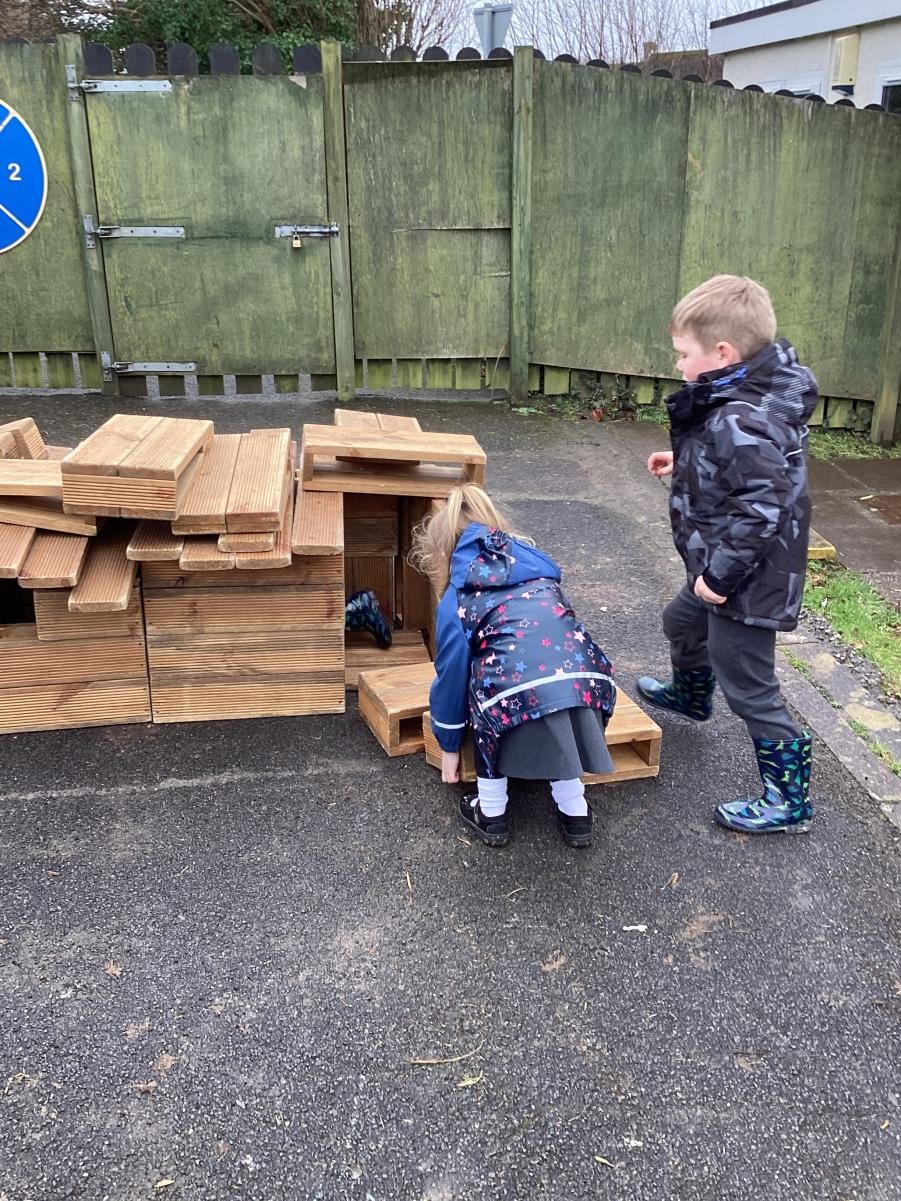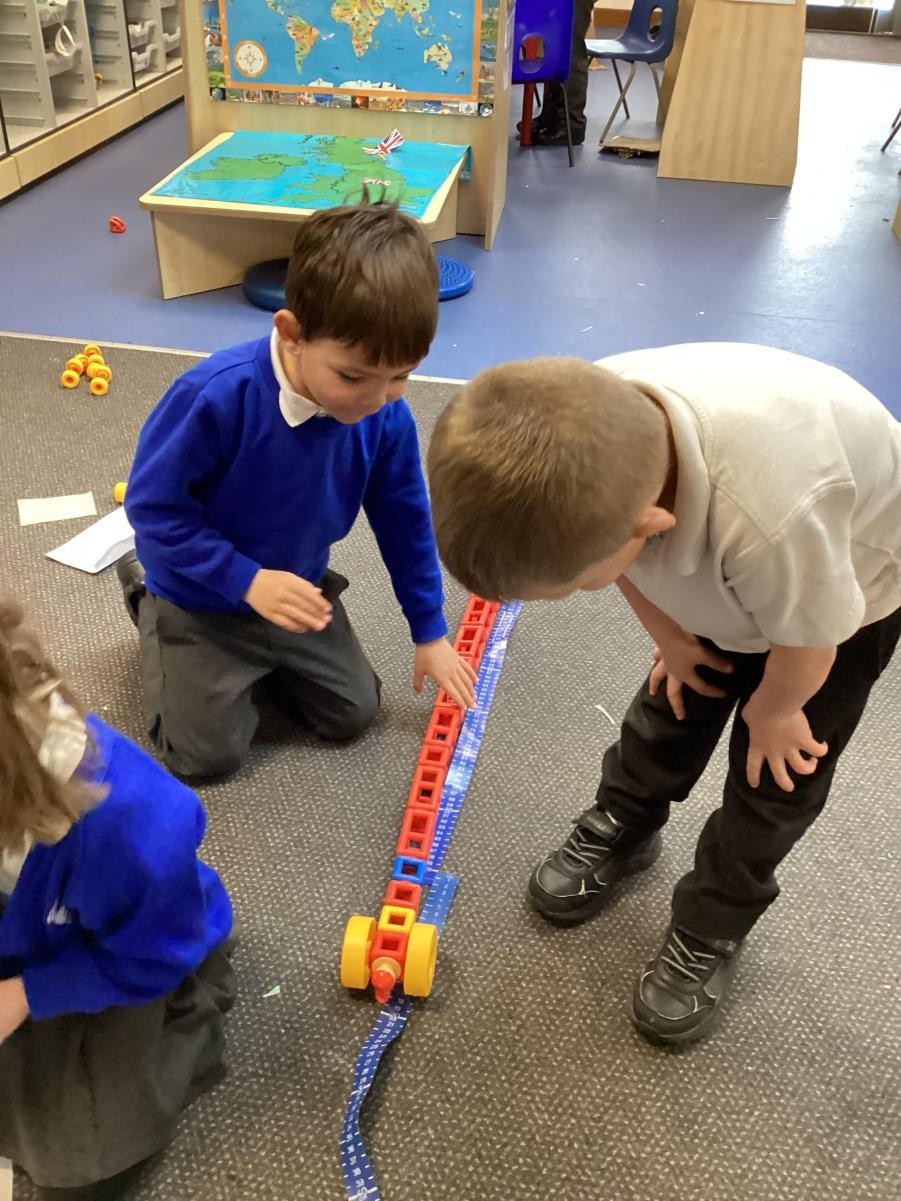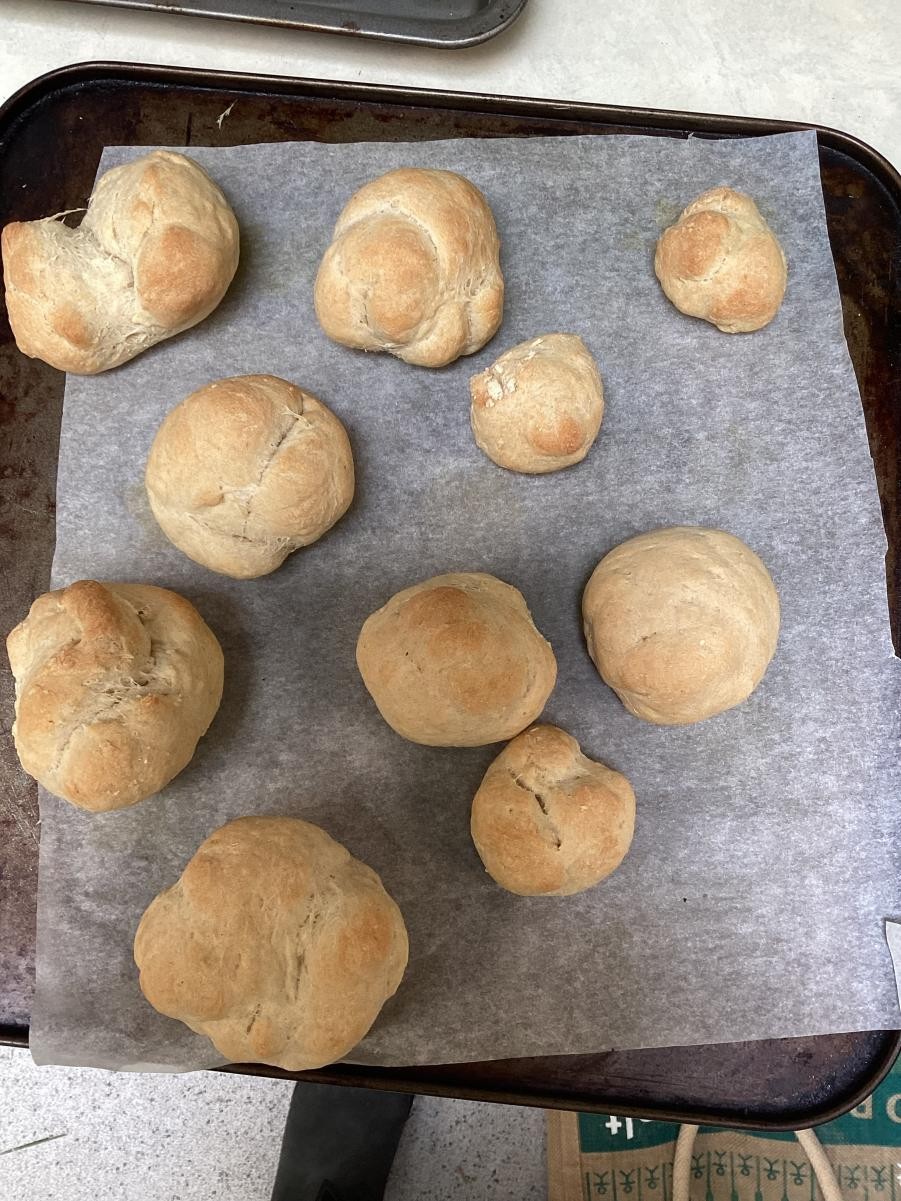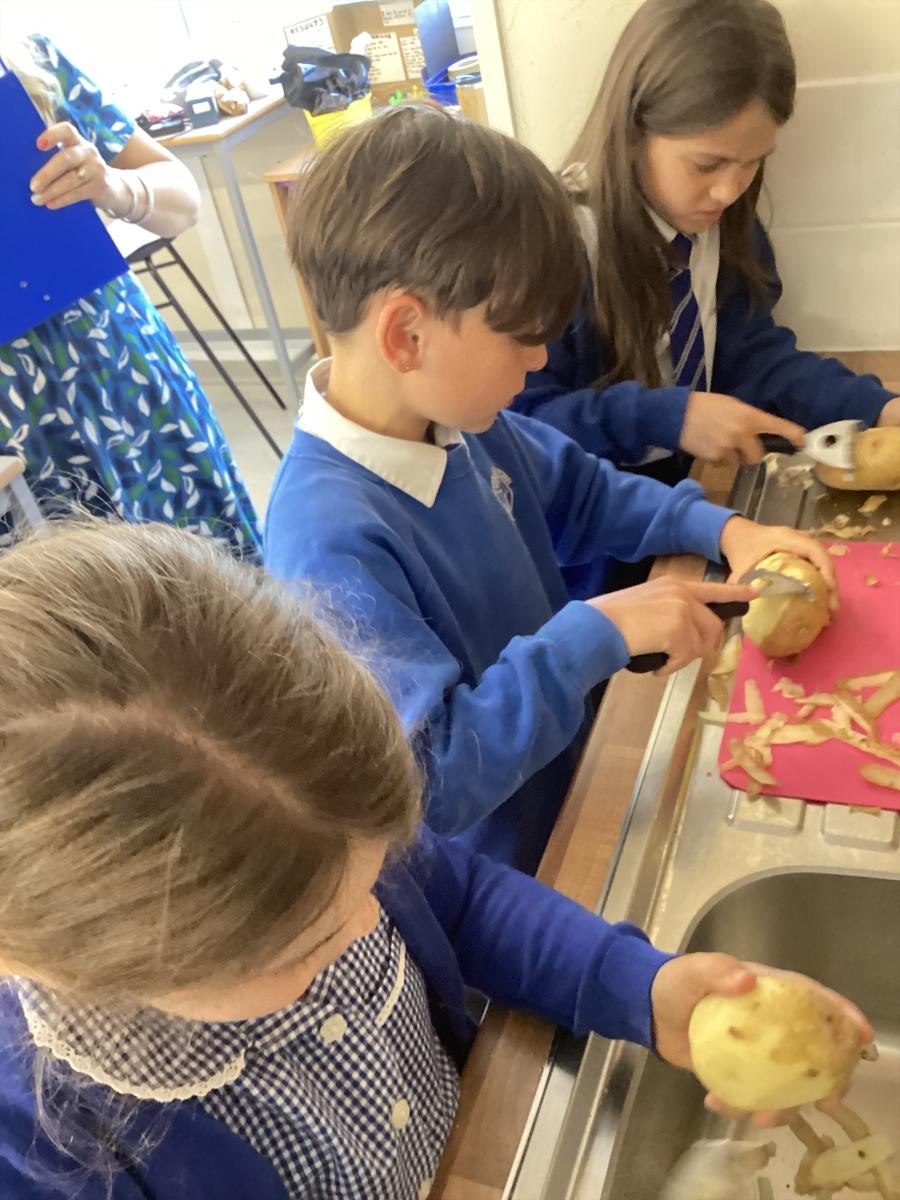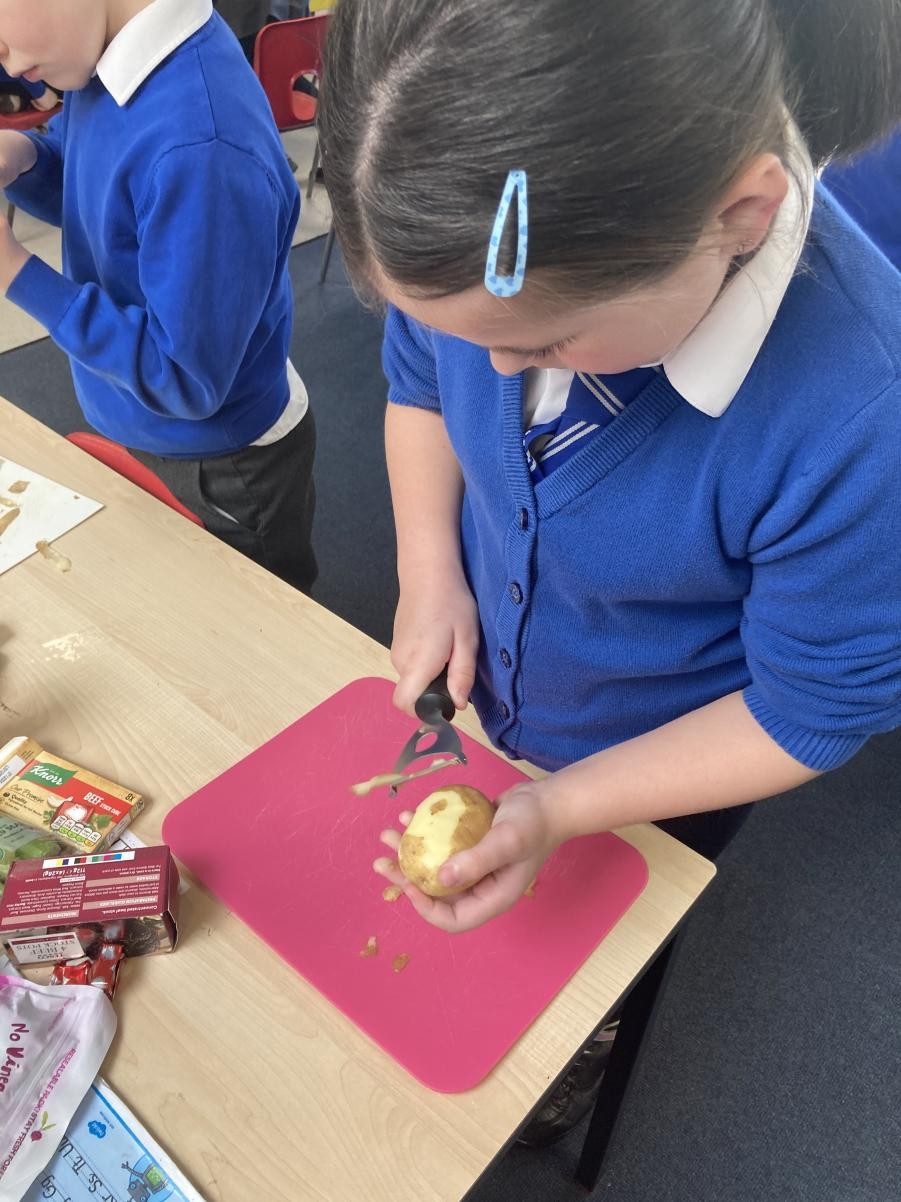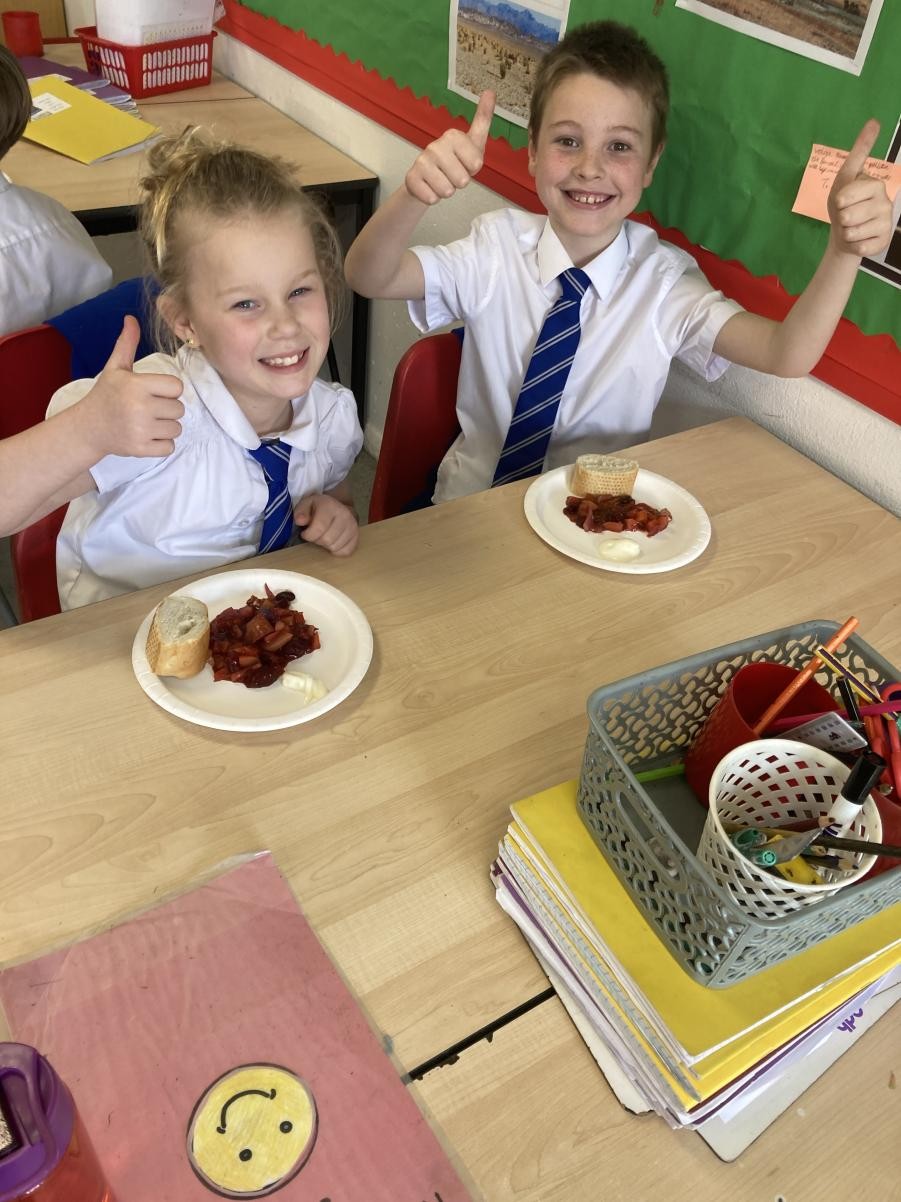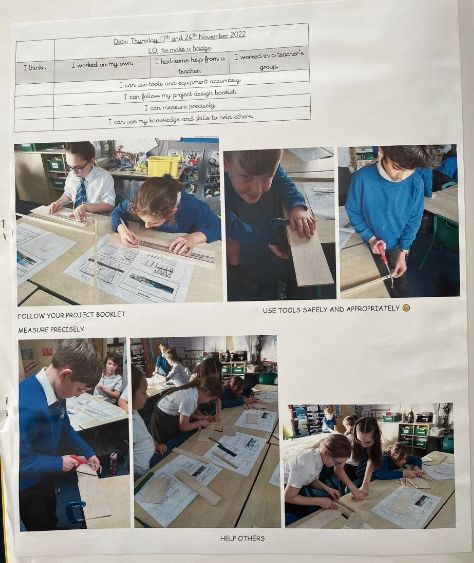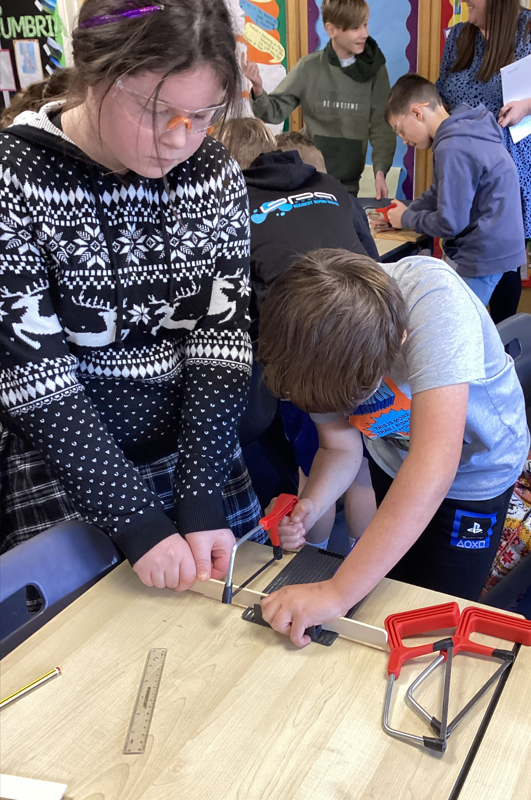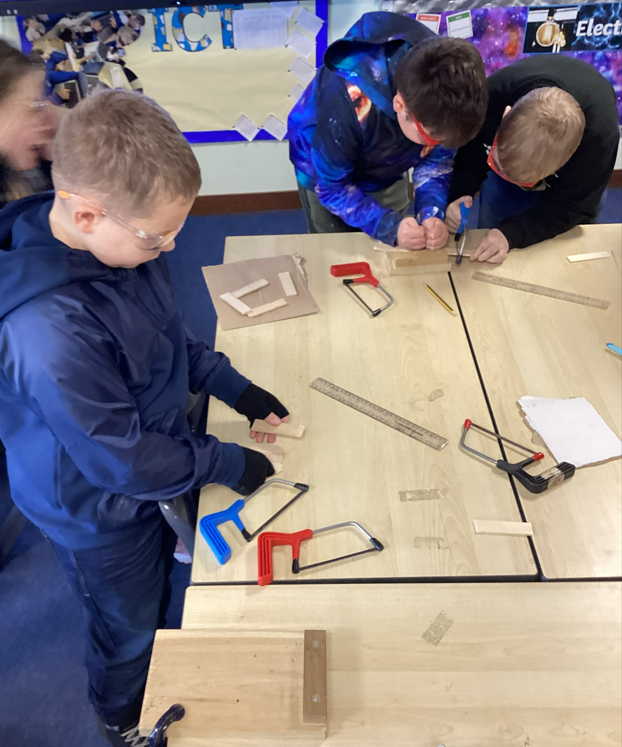DT
Our intent:
|
Our DT curriculum is viewed as an important part of the children’s entitlement to a broad and balanced curriculum. Design technology provides the children with the opportunities to develop and extend skills and an opportunity to express their individual interests, thought and ideas.
We aim to:
|
Useful links:
Learning in Action
Nursery
Nursery are starting to understand simple mechanisms and follow instructions to construct a mechanism. They can use tools safely and create simple structures.
Reception
In reception they understand simple winding mechanisms and learn to follow instructions to construct a mechanism. They use tools safely and assemble, join and combine materials to create simple structures.
Year 1
In Year 1 they are beginning to understand simple winding mechanisms and follow instructions of construction kits. They learn to use tools accurately and safely and are assembling, joining and combining materials to create stale structures. They are learning to understand where food comes from and group familiar food products. They are learning to cut ingredients and prepare simple dishes.
Year 2
Year two are beginning to relate the way things work to their intended purpose. They are examining materials involved in the construction of an object. They recognise shapes and apply them into simple structures and make models which reflect their ideas. They evaluate products when finished. In Year 2 they learn that food must be farmed, grown elsewhere or caught. They learn to cut, grate or peel ingredients and prepare simple dishes- safely and hygienically- without using a heat source. They measure or weigh using cups or electronic scales.
Year 3
In Year 3 they develop an understanding of stable structures and apply the use of triangulation in structures. They disassemble and evaluate products. They strengthen materials through a variety of strategies and undertake a variety of joining methods. In Year 3 they begin to know that food is grown (such as tomatoes, wheat and potatoes), reared (pigs, chickens, cattle) and caught (fish) in UK, Europe and the wider world. They cut materials accurately and safely by selecting appropriate tools. They know that a healthy dish is made from a variety of different food and drink, as depicted in The Eatwell Plate and will follow a recipe.
Year 4
In Year 4 they consider sustainability and choose suitable tools for making. They incorporate levers and linkages and create simple mechanisms. They learn to join assemble and combine materials accurately and incorporate movement, plan for production. They learn to recognise that some mechanisms allow a smaller force to have a greater effect. They can evaluate and make on-going modifications. They learn how to prepare and cook a variety of predominately savoury dishes and apply appropriate cutting and shaping techniques. They measure ingredients using scales and prepare ingredients using the appropriate utensils by following a recipe.
Year 5
In Year 5 they learn to identify and describe the purpose of products and explain how parts of their product will work. They generate innovate ideas and choose materials based on suitability and they represent ideas in annotated diagrams. They learn to choose suitable tools to measure, mark, cut and shape and join, assemble and combine materials. They then evaluate the product on design and appearance. In Year 6 they learn that food is processed into ingredients that can be eaten or used in cooking. They cook ingredients by controlling the temperature of the oven or hob. They create recipes, including ingredients, methods, cooking times and temperatures and understand the importance of correct storage and handling of ingredients.
Year 6
In Year 6 they develop construction ideas by considering the needs of users and sketch and work with technical components. They learn to mark, measure and join materials with increasing accuracy and use a variety of tools with precision and care. They learn to use simple mechanisms to provide a transmission system and include simple electrical circuits. In Year 6 they know how to prepare and cook a variety of savoury dishes and can combine ingredients appropriately. They learn to measure ingredients to the nearest gram and millilitre and calculate ratios of ingredients to scale up or down from a recipe. They understand seasonality and know where and how a variety of ingredients are grown, reared, caught and processed. They create and refine recipes, including ingredients, methods, cooking times and temperatures.











